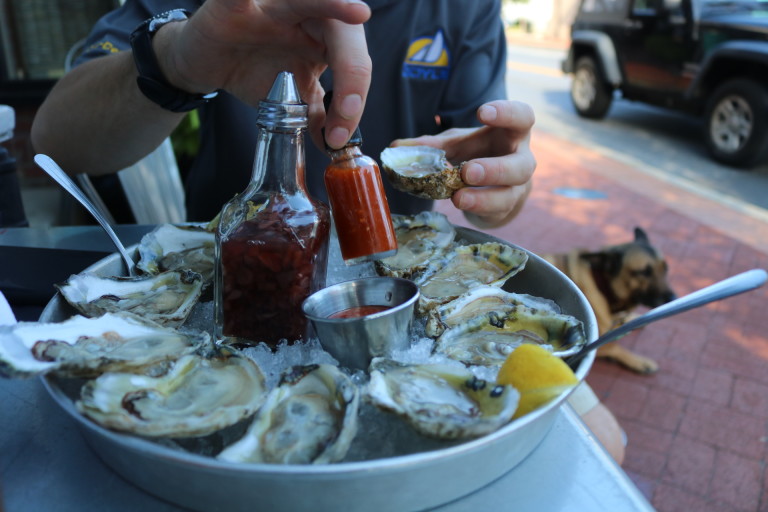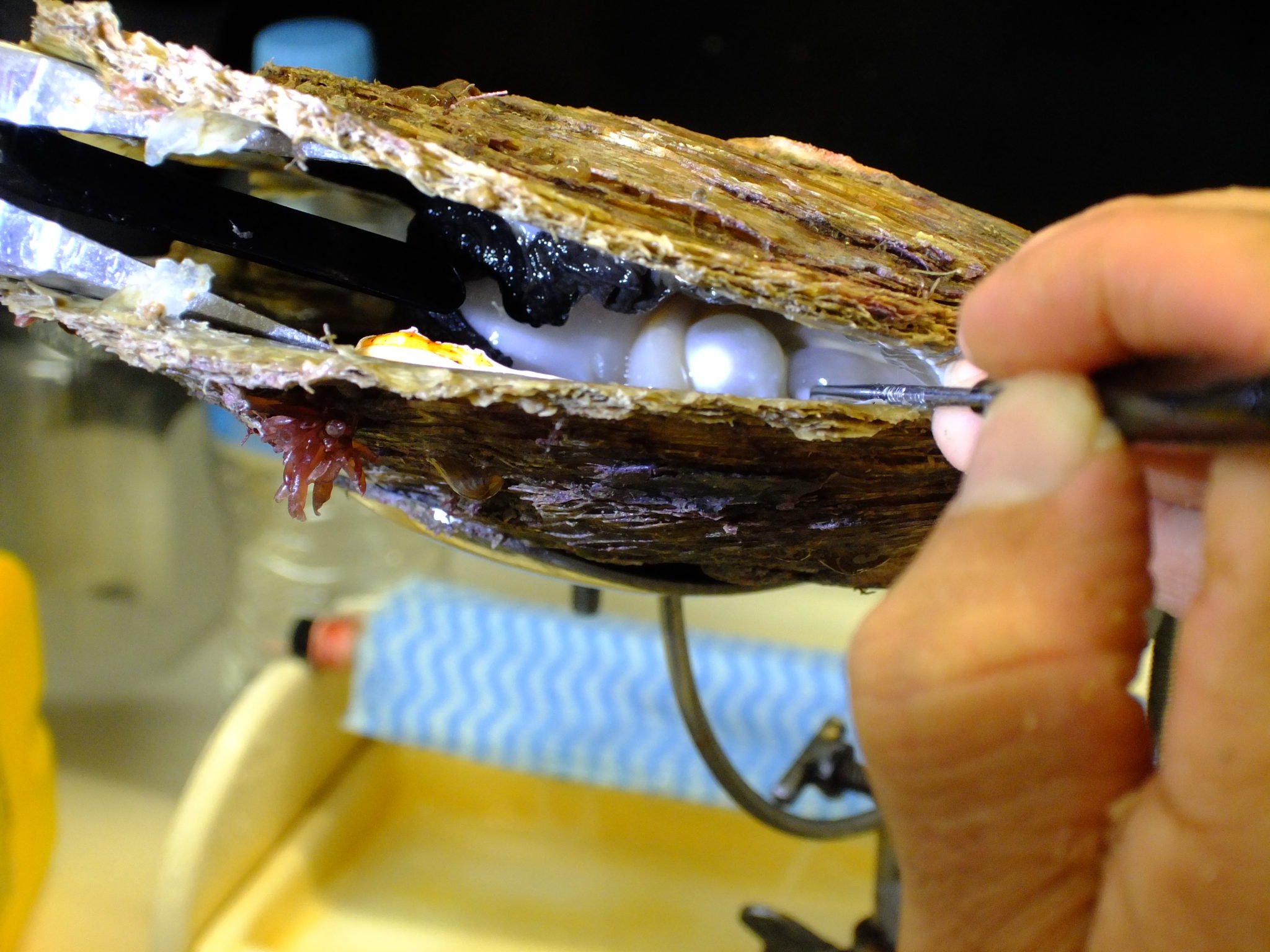
We are proud to continue this partnership to provide these producers with the financial and technical assistance they need to maintain their operations while also supporting long-term improvements in Bay water quality.” “They take much the same risks and work hard to bring in good yields that will sustain them another year. “Virginia watermen are farmers, too,” NRCS State Conservationist Dr. VIMS will also partner with VMRC to help oyster farmers locate the best sites and shell sources for oyster bed restoration on their leases. VIMS is offering its extensive technical experience along with a dedicated extension specialist who will facilitate community and partner outreach to promote environmentally friendly practices in the state’s shellfish aquaculture industry.

Karen Hudson, VIMS’ shellfish aquaculture specialist, adds that this announcement offers “a great opportunity for Virginia’s spat-on-shell producers to continue to restore the bottom and get more oysters in the water.” The continuation of this program helps support and expand both.” “Oysters are also a keystone species for the Virginia aquaculture industry, which provides important economic contributions to many rural coastal communities throughout the Commonwealth. “Oysters are considered a keystone species in the Chesapeake Bay for the multitude of ecological benefits that result from healthy oyster populations,” said Andrew Button, VMRC’s head of conservation and replenishment. When that project ended, the commitment to Virginia oyster growers continued with the agency now making $260,000 available through the Environmental Quality Incentives Program (EQIP) to sustain these efforts.

This new, improved approach to aquaculture yielded 40 contracts with Virginia growers (11 in Fiscal Year 2020). In the past three years alone, the agency provided $776,284 in financial assistance through a Regional Conservation Partnership Program (RCPP) project to support tidal bottom restoration on leased beds. Beds that lay dormant for decades are now being returned to service to support spat-on-shell production and a growing population of the bivalves, fish and other wildlife. In 2011, NRCS embarked on a journey with the Virginia Marine Resources Commission (VMRC) and the Virginia Institute of Marine Science (VIMS) to help bring back native oysters lost to over-harvesting, disease and degraded habitat. If aquaculture is just agriculture with water, then a new opportunity from USDA’s Natural Resources Conservation Service (NRCS) could help “reconstitute” the ongoing effort to restore oyster beds on private shellfish grounds in the state’s portion of the Chesapeake Bay.


 0 kommentar(er)
0 kommentar(er)
